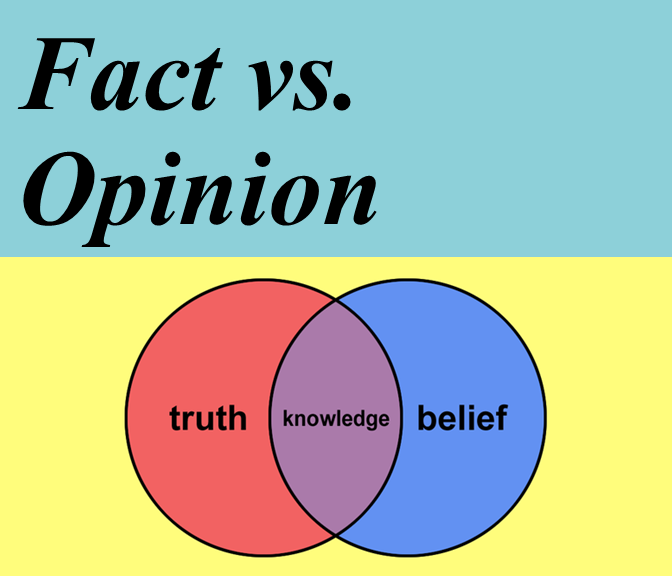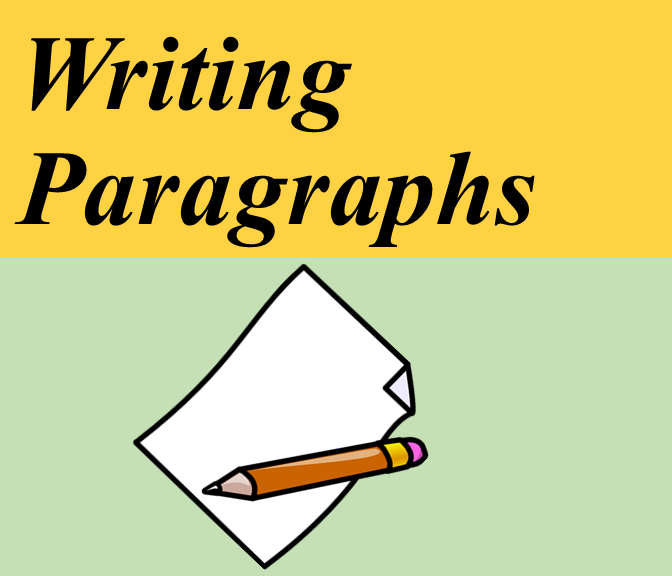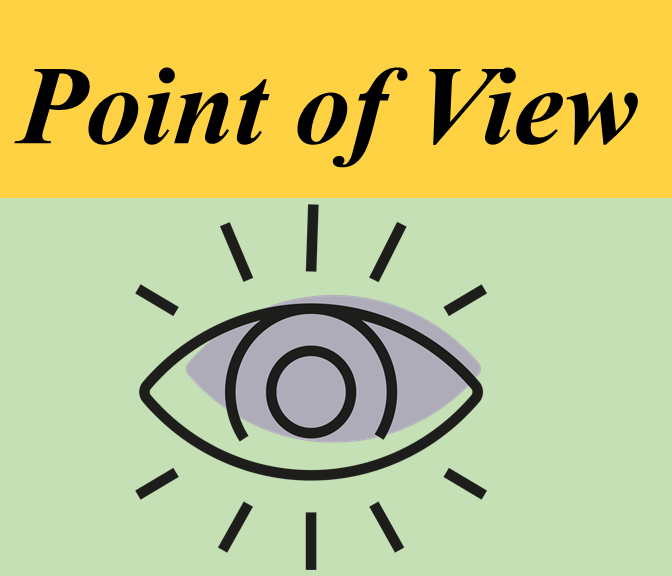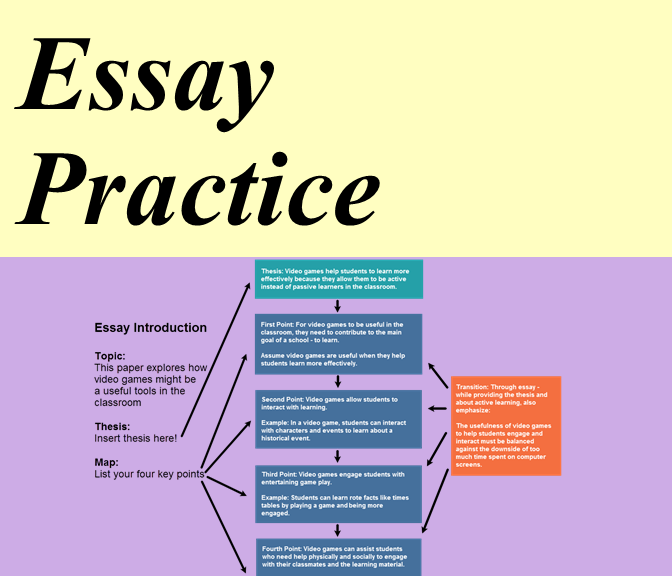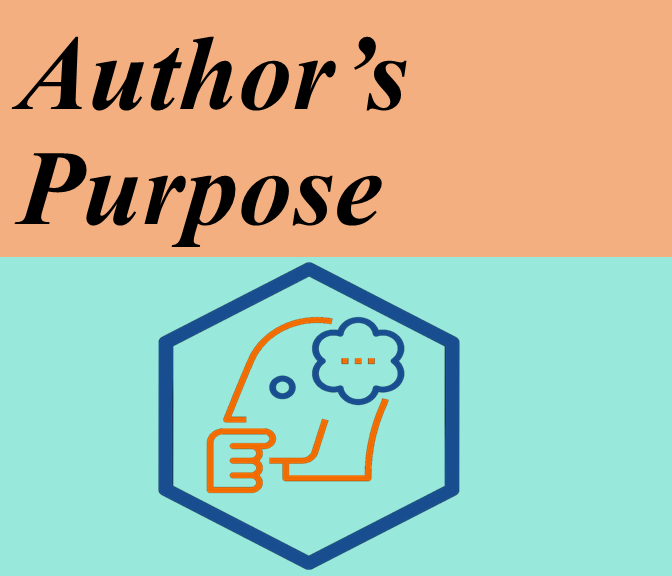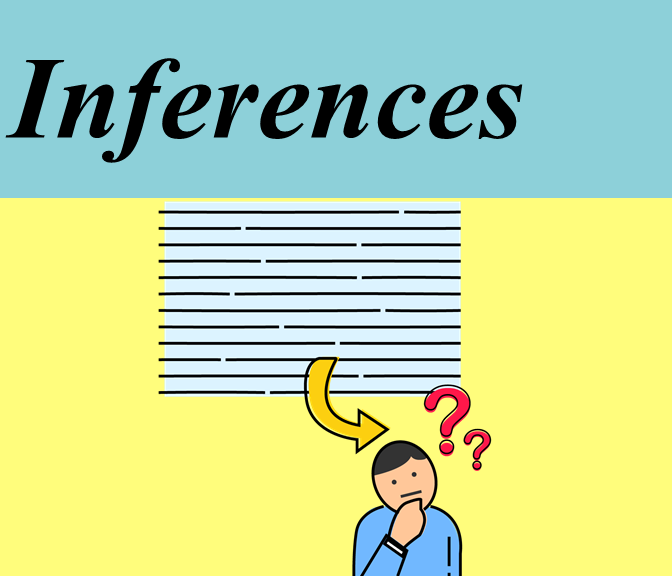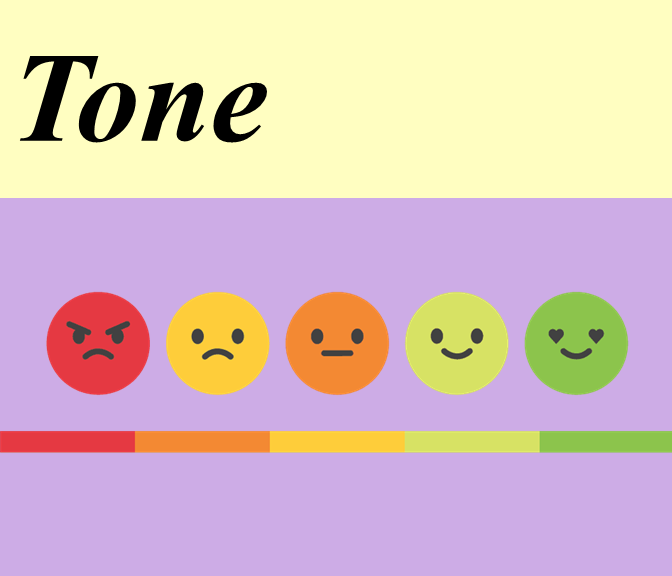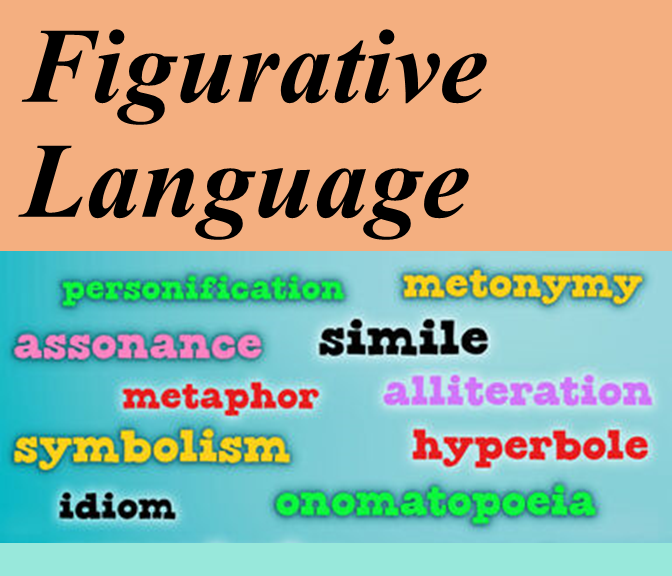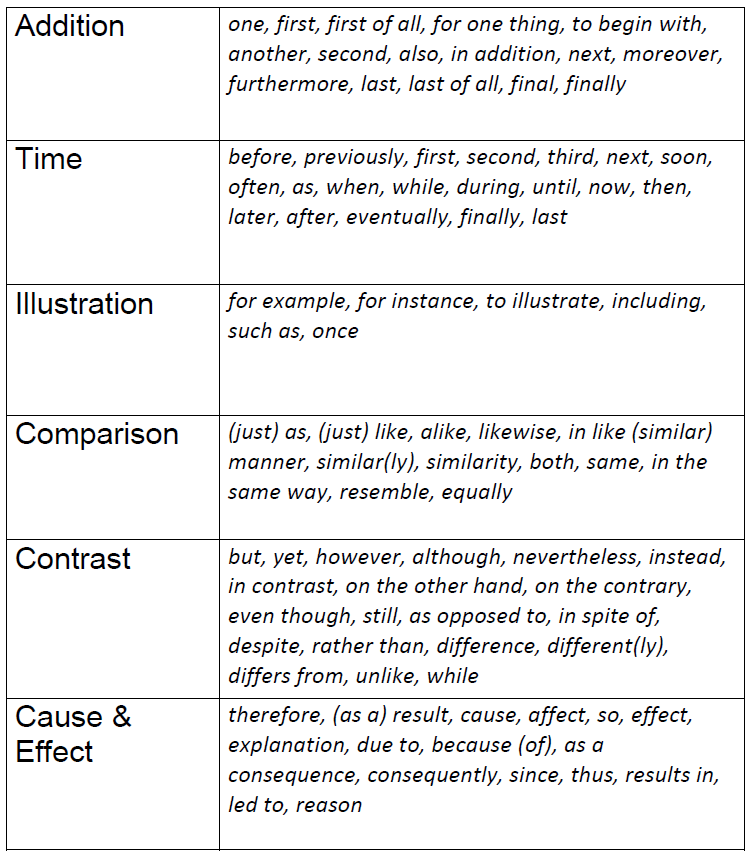Elements of Nonfiction
A fact is a statement that can be proven true or false. An opinion is an expression of a person's feelings that cannot be proven. Watch the video below to learn more, and download the worksheets to practice distinguishing between facts and opinions yourself.
|
|
1. Practice distinguishing facts and opinions on this worksheet.
2. Read "The Sinking City" and answer the comprehension questions.
| ||||
An author's point of view refers to their position, opinion or belief about the issue they are writing about. Watch the video and download the worksheet below to learn more about author's point of view.
|
|
1. Read about author's point of view and answer the practice GED questions.
| ||
|
|
An author's point of view is reflected in the purpose of their writing - to inform, to persuade, or to entertain - as well as their tone: the expression of attitude and feeling. Watch the videos below to learn more about purpose and tone, and download the worksheet to practice identifying purpose and tone in a piece of writing.
|
An author's point of view is reflected in the purpose of their writing - to inform, to persuade, or to entertain - as well as their tone: the expression of attitude and feeling. Watch the videos below to learn more about purpose and tone, and download the worksheet to practice identifying purpose and tone in a piece of writing.
|
|
1. Read the paragraphs and answer questions about purpose and tone.
| ||
Inferences are implied ideas that are not stated directly in a piece of writing. To make an inference, you need to "read between the lines" or use the information that is directly stated in order to draw a conclusion. Watch the video below to learn more about making inferences and download the worksheet to practice making inferences on your own.
|
|
1. Practice making inferences by answering the following questions.
| ||
Writing Paragraphs
Main Ideas, Topic Sentences & Thesis Statements
Topic sentences and thesis statements are sentences that writers use to focus their ideas and express the main idea of their writing. A strong set of topic sentences will work together to support a thesis. A thesis statement (the main point of a whole essay) is usually found at the end of an introduction. Learn more about the difference between topic sentences and thesis statements by watch this video, and then download the resources below for more practice.
|
|
1. Practice identifying an effective topic sentence.
2. Pick out the thesis statement from these paragraphs.
3. Learn three ways to learn about main ideas & practice your skills in these example paragraphs.
| ||||||||||
Paragraph Structure & Supporting Details
|
Basic paragraph structure usually consists of three features: the topic sentence (main idea), 2-4 supporting details, and a concluding sentence. Supporting details are the reasons, examples, facts, steps, or other kinds of evidence that explain the main idea. Watch the video to learn more about supporting details and download the resources below to practice on your own. |
|
1. Learn about paragraph structure and practice identifying the different parts of a paragraph.
|
| ||||
2. Study the list of transition words and take this quiz to practice using them.
|
| ||||
Relationship Words to Organize Paragraphs
|
Authors use a variety of transition words to show relationships between ideas and make their writing clear. These include transition words that show relationships of addition, time, illustration, comparison & contrast, and cause & effect. Download the worksheets to see examples of how these transition words are used to help organize paragraphs, and practice identifying and using different transition words:
| |||||||
